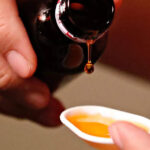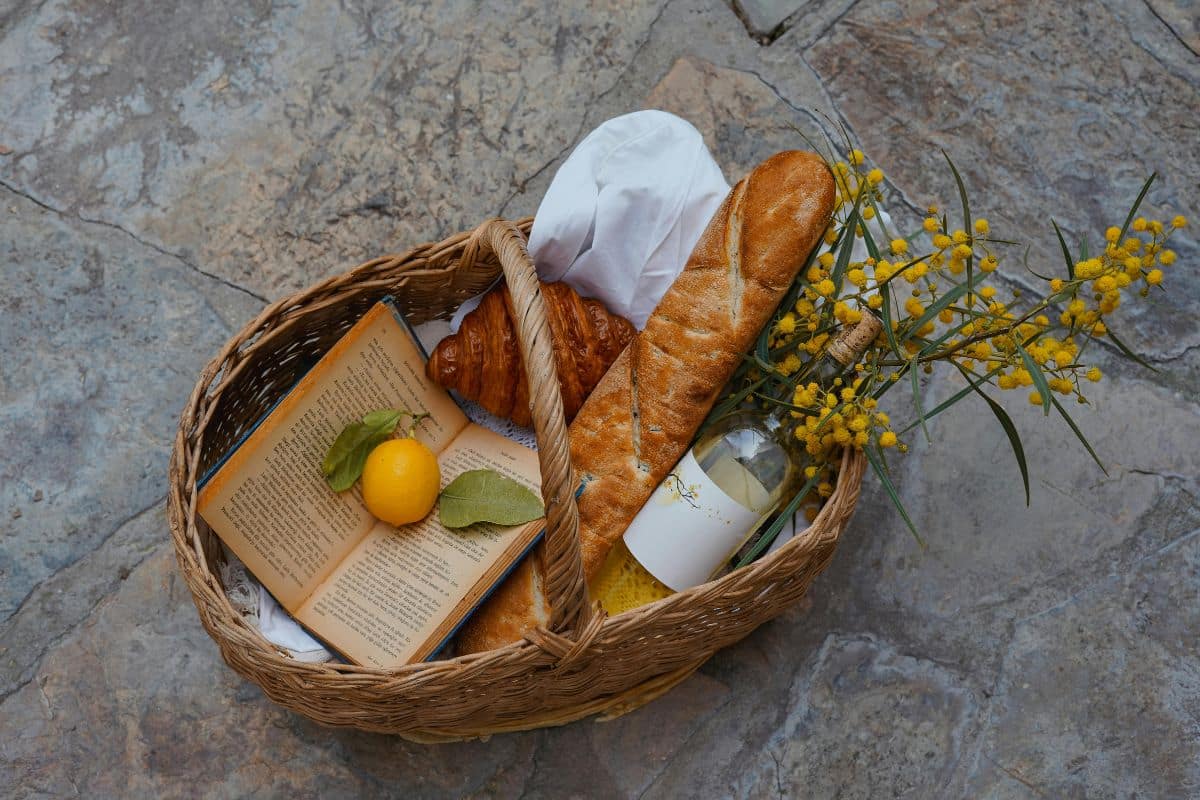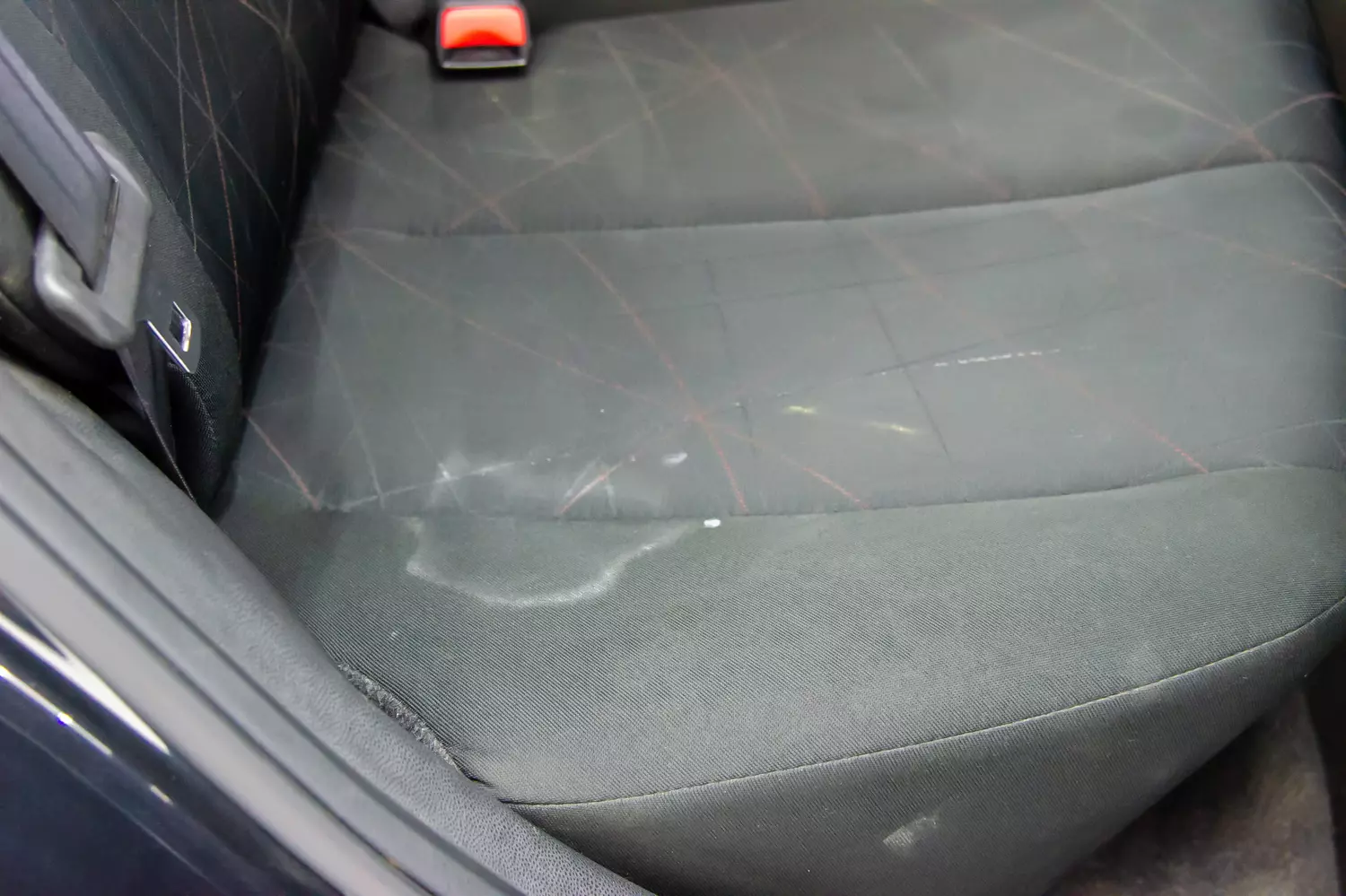A burr basket represents one of nature’s most ingenious seed dispersal mechanisms, designed by evolution to ensure plant reproduction through effective distribution strategies. These specialized structures, also known as bur baskets or adhesive seed pods, have captivated botanists and gardeners alike for centuries. Understanding their function reveals fascinating insights into plant adaptation and survival mechanisms that continue to influence modern agricultural practices.
The term “burr basket” encompasses various seed structures that possess hooked, barbed, or sticky surfaces enabling them to attach to passing animals, clothing, or other materials. This natural velcro-like system represents millions of years of evolutionary refinement, creating one of the most successful seed dispersal methods in the plant kingdom.
Understanding burr basket structure and design
Burr baskets exhibit remarkable structural diversity across different plant species, yet they share common characteristics that make them highly effective dispersal units. These specialized seed containers typically feature rigid outer shells equipped with numerous hooks, spines, or adhesive surfaces strategically positioned to maximize attachment potential.
The architectural complexity of burr baskets varies significantly between species, reflecting their specific ecological niches and dispersal requirements. Some burrs develop simple curved hooks resembling miniature fishing lures, while others create elaborate branching structures with multiple attachment points. The surface texture often combines smooth areas with rough, barbed sections that prevent easy detachment once contact occurs.
Most burr baskets contain multiple seeds within protective chambers, ensuring genetic diversity during dispersal events. The container walls provide essential protection against environmental hazards while maintaining structural integrity during transportation. This dual function of protection and mobility makes burr baskets particularly successful in challenging environments where other dispersal methods might fail.
Material composition plays a crucial role in burr basket effectiveness, with many species developing lignified tissues that create durable, flexible structures. These materials resist weathering and mechanical damage while maintaining the precise hook angles necessary for reliable attachment. The engineering principles behind these natural designs have inspired numerous human innovations, from velcro fasteners to medical devices.
Common plants featuring burr basket mechanisms
Several plant families have evolved sophisticated burr basket systems that demonstrate the versatility and success of this dispersal strategy. The Asteraceae family, including burdock species, produces some of the most recognizable burr structures with their spherical clusters of hooked bracts surrounding seed heads.
Cocklebur plants create distinctive oval-shaped burrs featuring two prominent horns and numerous smaller hooks covering the entire surface. These robust structures can remain viable for years while attached to animal fur or clothing, maximizing dispersal opportunities across vast distances. The dual-seed design ensures genetic backup while the aerodynamic shape facilitates movement through vegetation.
Maple trees produce winged fruits called samaras that, while not traditional burr baskets, employ similar principles for seed distribution. These helicopter-like structures combine aerodynamic lift with occasional adhesive properties to achieve effective dispersal. Just as companion plants for apple trees enhance orchard ecosystems through strategic partnerships, burr-producing plants often benefit from symbiotic relationships with animals that aid in their reproduction.
Beggar’s ticks and Spanish needles represent another category of burr basket plants, producing elongated seeds with barbed awns that penetrate deeply into fur and fabric. These needle-like projections create mechanical locks that resist removal through normal grooming or movement activities. The persistence of these structures often surprises outdoor enthusiasts who discover them days after woodland excursions.
Ecological significance and dispersal effectiveness
Burr basket dispersal systems provide significant ecological advantages that contribute to plant community dynamics and biodiversity maintenance. This mechanism enables plants to colonize distant habitats without relying on wind patterns or frugivorous animals, expanding their potential range considerably compared to other dispersal methods.
The selectivity aspect of burr attachment creates interesting ecological relationships between plants and their dispersal agents. Large mammals with dense fur typically transport more burrs over greater distances than smaller animals, influencing plant distribution patterns across landscapes. This size-dependent relationship affects genetic flow between plant populations and shapes evolutionary pressures over time.
Agricultural environments often experience burr basket invasions when wild plants exploit livestock and farming equipment for dispersal. While some view these plants as weeds, they frequently provide valuable ecosystem services including soil stabilization and wildlife habitat. Understanding these dynamics helps farmers make informed decisions about vegetation management while maintaining ecological balance.
Urban environments present unique opportunities for burr basket plants, as human clothing and pet fur create novel dispersal pathways. Parks and green spaces often serve as launching points for these species, enabling them to establish populations in suburban areas far from their original habitats. This urban adaptation demonstrates the remarkable flexibility of burr basket dispersal systems.
Practical applications and management strategies
Managing burr basket plants requires understanding their biology and dispersal patterns to develop effective control strategies. Property owners dealing with persistent burr problems benefit from integrated approaches combining mechanical removal, strategic planting, and timing considerations based on plant life cycles.
Prevention strategies focus on interrupting dispersal cycles before burr maturation occurs. Regular mowing during flowering periods prevents seed development, while strategic barrier plantings can redirect animal movement patterns away from sensitive areas. Office garden installations often incorporate these principles to create low-maintenance landscapes that discourage problematic burr species.
Beneficial applications of burr basket plants include erosion control and wildlife habitat enhancement projects. Many burr-producing species establish quickly on disturbed soils and provide rapid ground cover while supporting diverse insect populations. Companion plants for grapevines sometimes include carefully selected burr species that offer pest control benefits without competing directly with grape production.
Harvesting considerations become important when managing food gardens near burr basket populations. Organic apple picking operations must account for seasonal burr production to minimize crop contamination, while potato harvesting timing may require adjustment to avoid peak burr dispersal periods.
Educational opportunities arise from studying burr basket mechanisms, as these structures demonstrate fundamental biological principles in accessible ways. Learning about plant adaptations through burr examination helps develop appreciation for natural engineering solutions that continue inspiring human innovation across multiple disciplines.










